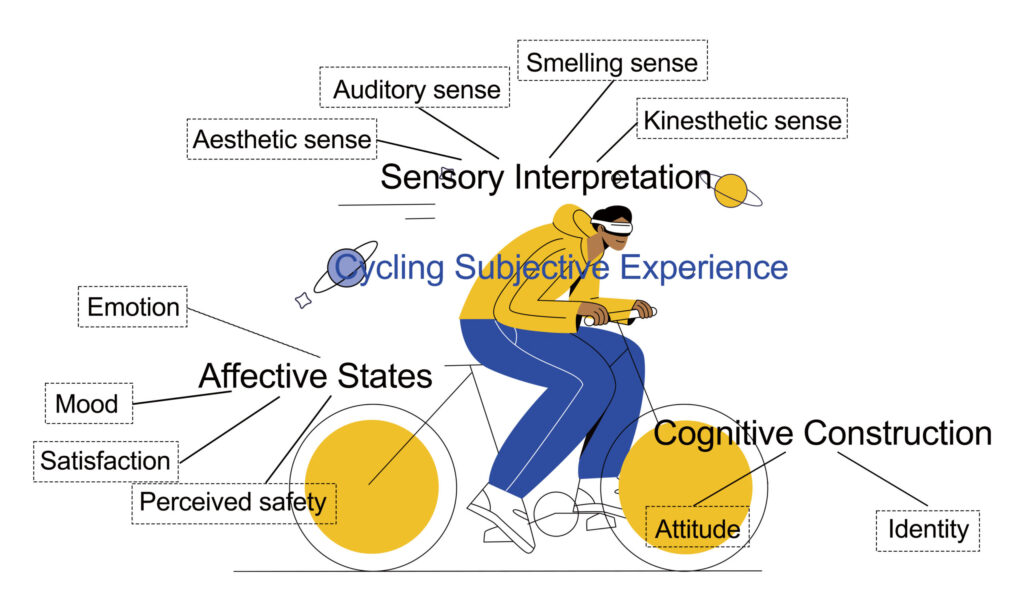Most city leaders know what’s needed to move away from car-dependence – like fewer cars and more walking, biking, and transit. So why isn’t change happening faster? Because to inch closer to reaching so-called “sustainable mobility,” our cities need to make some tough decisions that involve multiple players, that reflect an uncertain future, and that expose a set of values that might be different from the past. That’s a lot of discomfort. And a change in mindset.
City leaders, stakeholders, and the public have to sit around the table, really talk things through, and iron-out actions for the immediate and long-term future.
But this is easier said than done.
One short-cut is looking to other cities who have made those tough decisions. Policymakers and technical staff reach out and travel to cities like Amsterdam and Copenhagen in hopes of learning nuggets of advice on their successes and failures. But then they go home and what happens? They’re still in the same place, with the same arguments and the same budgets.
This paper argues that in order to accelerate change, the transportation community – including all those working on transport issues, even tangentially – need to learn how to build “strategic capacity.” Strategic capacity is a main ingredient in the special sauce of innovation. It’s the ability to anticipate and influence change through coordinated efforts. The question is: can this be learned? What are the key mechanisms?
Reviewing literature from a variety of fields, like business management and education, we come to the conclusion that, yes, it can be learned. But a string of mechanisms influence that process.
- The ability to build, maintain, and leverage strong relationships
- Vertical and horizontal communication channels stimulate knowledge creation
- Available resources dedicated to learning, developing, and rewarding new ideas
- Leadership that focuses on engagement, action and process
The next step here is to use these mechanisms identified to further understand how cities can move the needle, make a breakthrough, and accelerate change.
To cite the academic article: Glaser, M., te Brömmelstroet, M., Bertolini, L. (2019). Learning to build strategic capacity for transportation policy change: an interdisciplinary exploration. Transportation Research Interdisciplinary Perspectives, 1. (Open Access)



